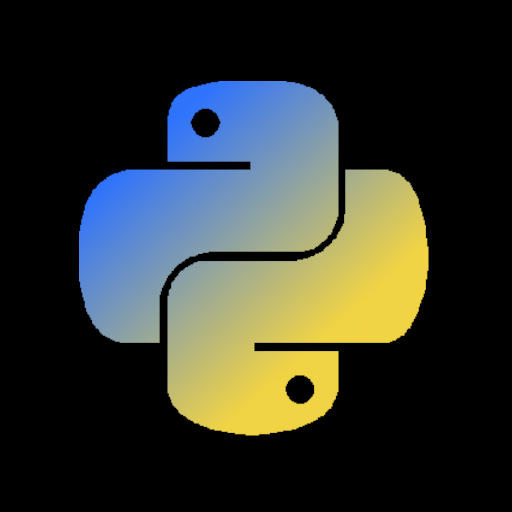I’m looking to learn about this language from a technical level, and any searches I do on today’s search engines is just going to return guides to writing Python code, which is not what I want.
I understand how C++ works. For example, I know that virtual functions are stored as a trap table in an object’s instance, and the function is wrapped around something that decodes that trap table from this object instance.
I’m wondering if there’s something that goes into that level of technicality with python. For example, I would want to know how function declarations (and re-declarations) work in python. Is the bytecode stored as a heap object which can be freed just as a regular heap object? Is it a map of strings within the current stack context? How does creating a thread handle it?
If you have not already read through it, there is a ton of useful information about Python’s data model in the user manual; it is my go-to resource when I want to do weird stuff with metaclasses and the like.
Furthermore, you might find it interesting to peruse the C code that is generated by Cython, because it gives you a concrete view of the kinds of steps that Python has to go through from a C perspective to work within its data model. (Cython is a bit faster than Python because it does not have to interpret bytecode, but unless you use special directives it still has to e.g. do general attribute lookups whenever you interact with a Python value, even if the value is an integer, and maintain reference counts.)
Finally, you might also get a lot out of skimming through the CPython bytecode instructions, as this has a lot of interesting details about how the bytecode interpreter works in practice.
Some of those details are portable, particularly the behavior of code objects. Function declarations (
defstatements) bind code objects to names within a namespace; binding within aclassnamespace will create methods by calling the declared metaclass, which defaults to thetype()builtin type object.Some other details are not portable. CPython stores code objects on the C heap and allocates generic closures; it supports either a
dictfrom strings to locals, or user-declared slots naming a tuple of locals. PyPy automatically computes slots in all cases and supports thedictas a special case. Threads generally share a single heap per interpreter, so the creation of threads doesn’t matter for declaring or instantiating objects; note that the community makes this work by pushing the convention that.__init__()methods should not do computation and instead should merely initialize the locals, akin to similar conventions in C++. That said, Jython threads are Java threads, not OS threads like in CPython or PyPy, so normal assumptions about threading may not hold.You will have to let go of some of your practices around memory management. Python is memory-safe and garbage-collected by default; while sometimes you’ll want to remove names or map keys with
del, it usually isn’t necessary. Similarly, while there are maybe a half-dozen ways to customize class creation and memory layout, it’s almost never actually necessary to use more than one of them at a time. Instead, stick to writing Pythonic code, and let runtimes like PyPy worry about performance. PyPy goes fast by simplifying what happens under the hood; if it exposed guaranteed internal structure then it would be slower.There’s the Cpython Internals book, as well as Brett Cannon’s Syntatic Sugar which I think might help with some of your questions (though admittedly, I’m just interested in data sciencey stuff)
Do you mean function definitions? They are executable statements after all. Yes the Python environment is just a bunch of nested dictionaries. Whether there is bytecode is up to the implementation. If you want to understand how CPython works, the source code is not terribly mysterious if you know C. You will want to read the API document first.
For the language itself, the reference manuals are reasonably good.
I guess when you want to know how it works under the hood, this article may give you a good overview. “under the hood” is my go to keyword when I want to know more about the internals.
https://www.codewithc.com/how-python-works-under-the-hood-pythons-internal-mechanics
search for w3schools
Don’t think it has that info.
deleted by creator
An LLM doesn’t do search. It regurgitates the statistically most likely next words based on its training data.
Not true. Some LLM implementations can parse your prompt, choose search terms from it, search, read results, and parse results into a response.
https://www.technologyreview.com/2024/10/31/1106472/chatgpt-now-lets-you-search-the-internet/


